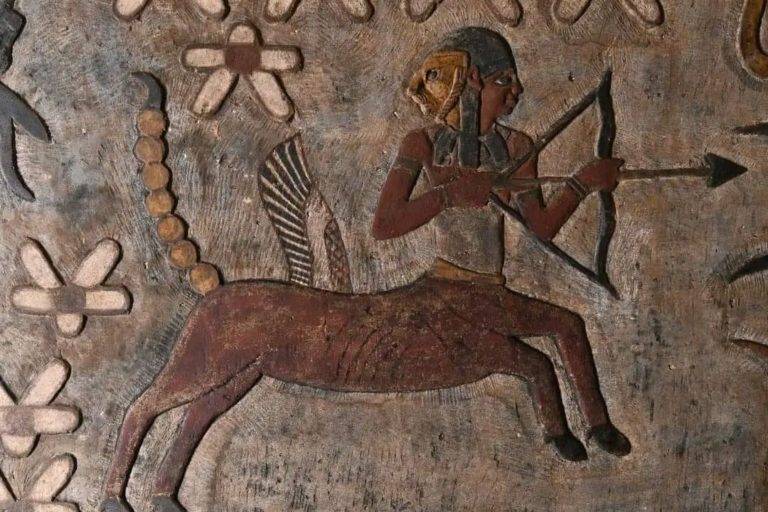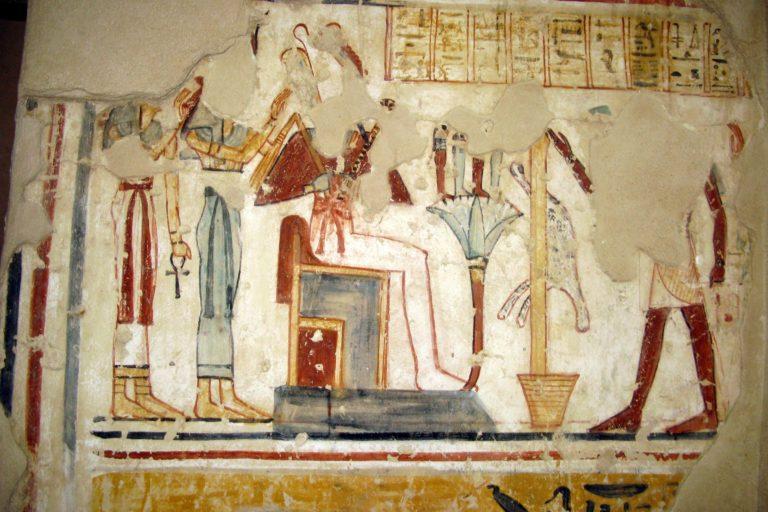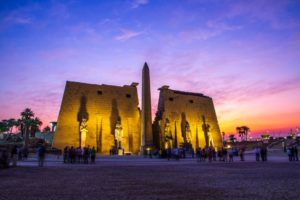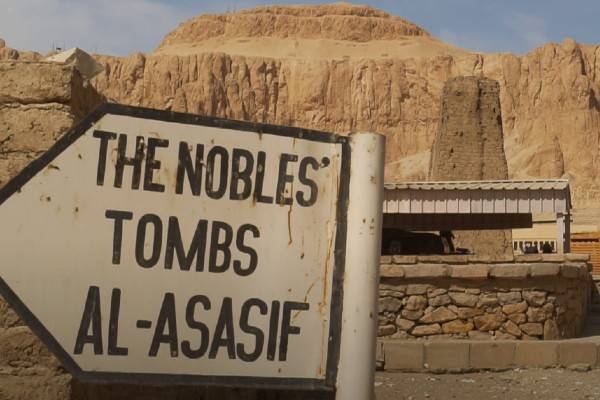Mortuary Temple of Merenptah
The mortuary temple of Merenptah is conveniently located on the right-hand side of the necropolis road, just north of the Antiquities Inspectorate and adjacent to the Marsam Hotel.

Merenptah, the son and successor of Ramesses II, had his temple built near the Nile floodplain, which led to its destruction over time. Rising waters also destroyed the nearby temple of Amenhotep III, and Merenptah used many blocks from Amenhotep’s temple, as well as from other nearby structures, for his own. The site was first investigated by Petrie in the 1890s, who uncovered many of these older blocks. More recently, in the last two decades of the 20th century, the Swiss Institute of Archaeology, with support from the Egyptian Supreme Council for Antiquities, has been excavating and restoring the remains.

The funerary temple follows a typical late New Kingdom design, resembling Seti I’s temple at Qurna and borrowing elements from Merenptah’s father’s mortuary temple, the Ramesseum. The temple featured two pylons and courts, and it went through various changes and expansions, including the replacement of mudbrick pylons with stone and the addition of statues of the living king to its pillars. In the first court, a large stela of Amenhotep III was found, which contained inscriptions detailing Merenptah’s victories in the Libyan War and his peace efforts with the Hittites.

Mortuary Temple of Merenptah is one of the funerary temples built for the deceased in ancient Egypt. It is located directly behind the temple of King Amenhotep III, but unfortunately, it has been completely destroyed. The temple now serves as an open-air museum, allowing visitors to appreciate its original layout and charm.
Luxor Tours & Activities
Looking to save some costs on your travel? Why not join a shared group tour to explore Luxor, Egypt? Here are some activities you might be interested in:
The second pylon was situated on higher ground in the gently sloping desert between the flood plain and the modern village of Qurnet Murai. The second court had three porticos with Osirid pillars, with the western portico forming part of the temple’s facade. This led to two hypostyle halls, the first with twelve columns and the second with eight. From here, visitors could access side chambers, the sanctuary area, and barque shrines dedicated to the Theban Triad of Amun, Mut, and Khons. A chapel of Osiris was to the south, and the north, there was a sun court with a large altar, similar to the one in Seti I’s temple. Additionally, a slaughterhouse was attached to the north-western corner of the building.

The southern subsidiary buildings, including a priest’s house, the temple well, and a complex of workshops, were later additions. The temple was surrounded by mud-brick buildings, including a small palace adjoining the southern wall and rows of brick magazines and storerooms. A miniature sacred lake can still be seen within the temple precinct.

Today, the Temple of Merenptah has been transformed into a museum that showcases well-preserved blocks and wall fragments with colorful reliefs of Amenhotep III. The museum also displays stonework from other monuments, much of which has been re-carved for Merenptah. Visitors can admire fine examples of statuary and architectural fragments, including part of a colossal limestone sphinx and jackal-headed sphinxes in the museum’s magazines. Additionally, a purpose-built museum on the site houses many artifacts and provides a history of the restoration efforts.






